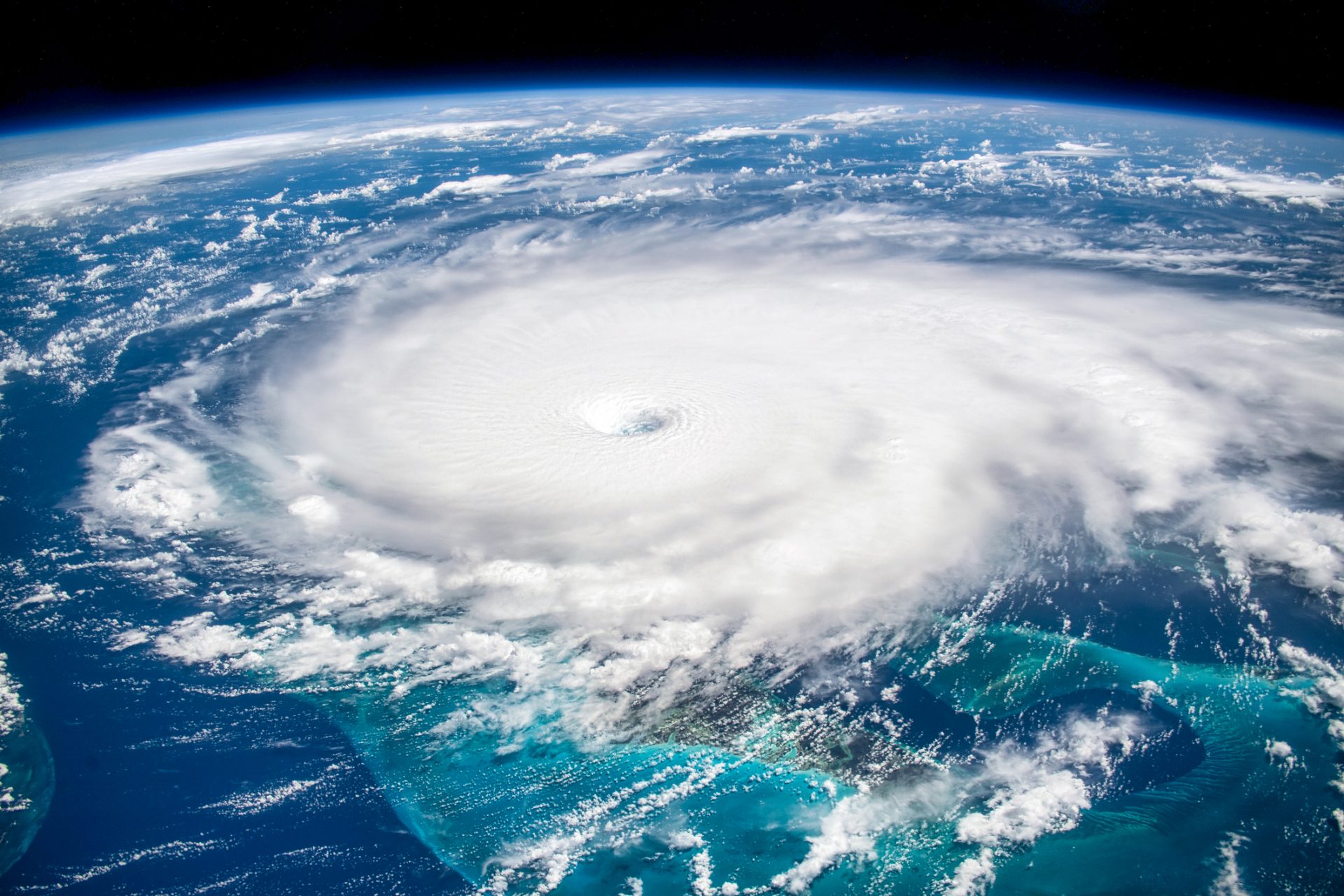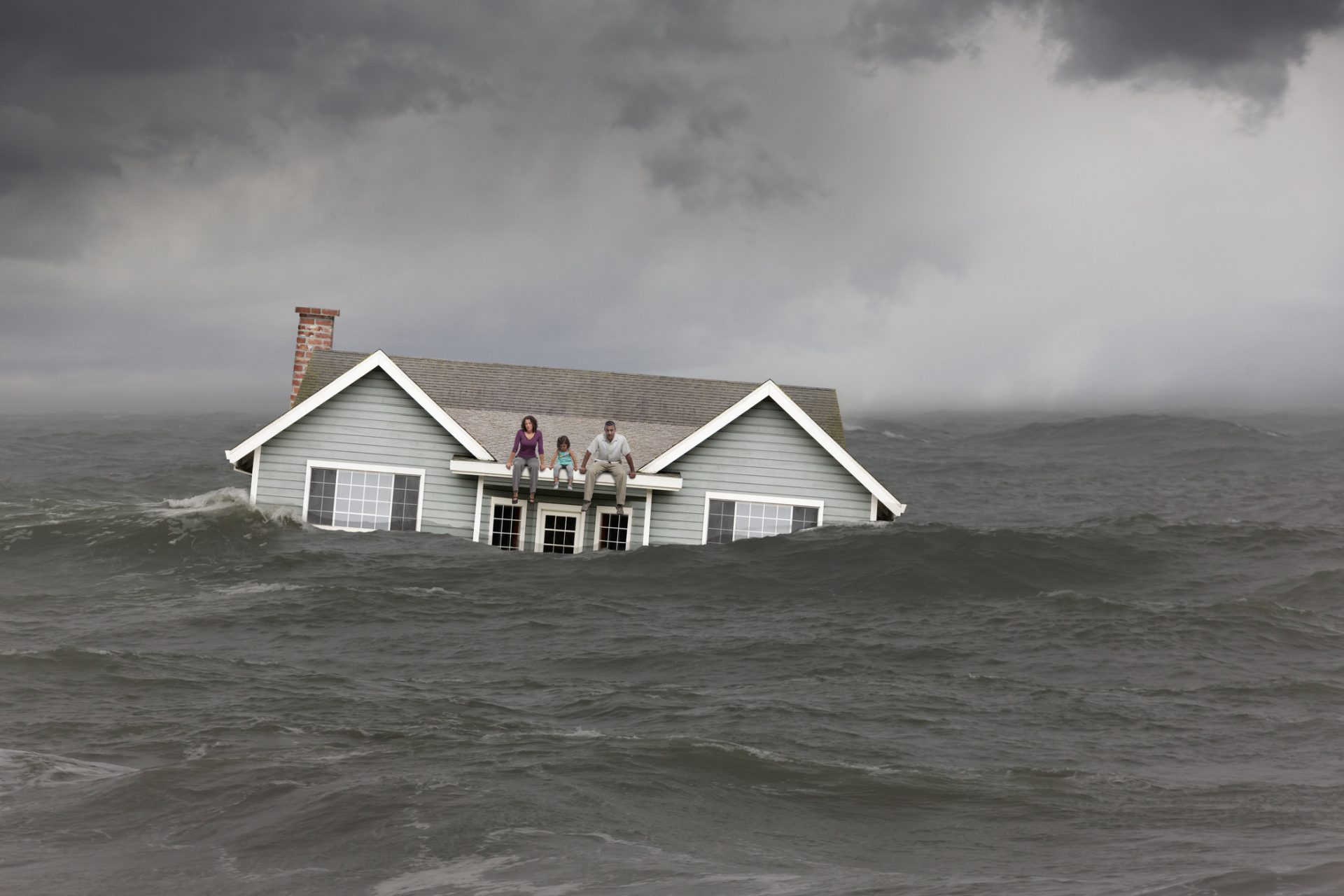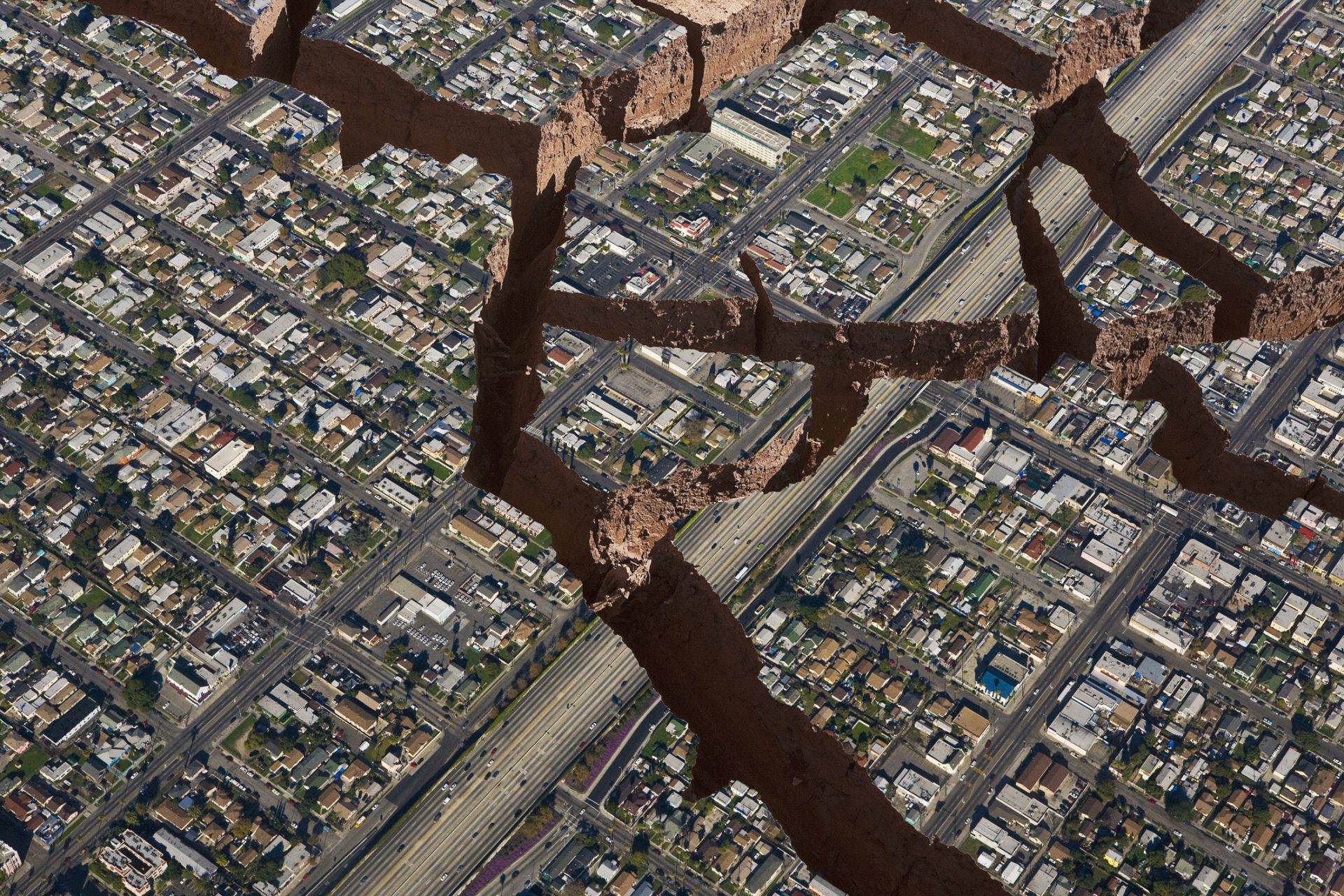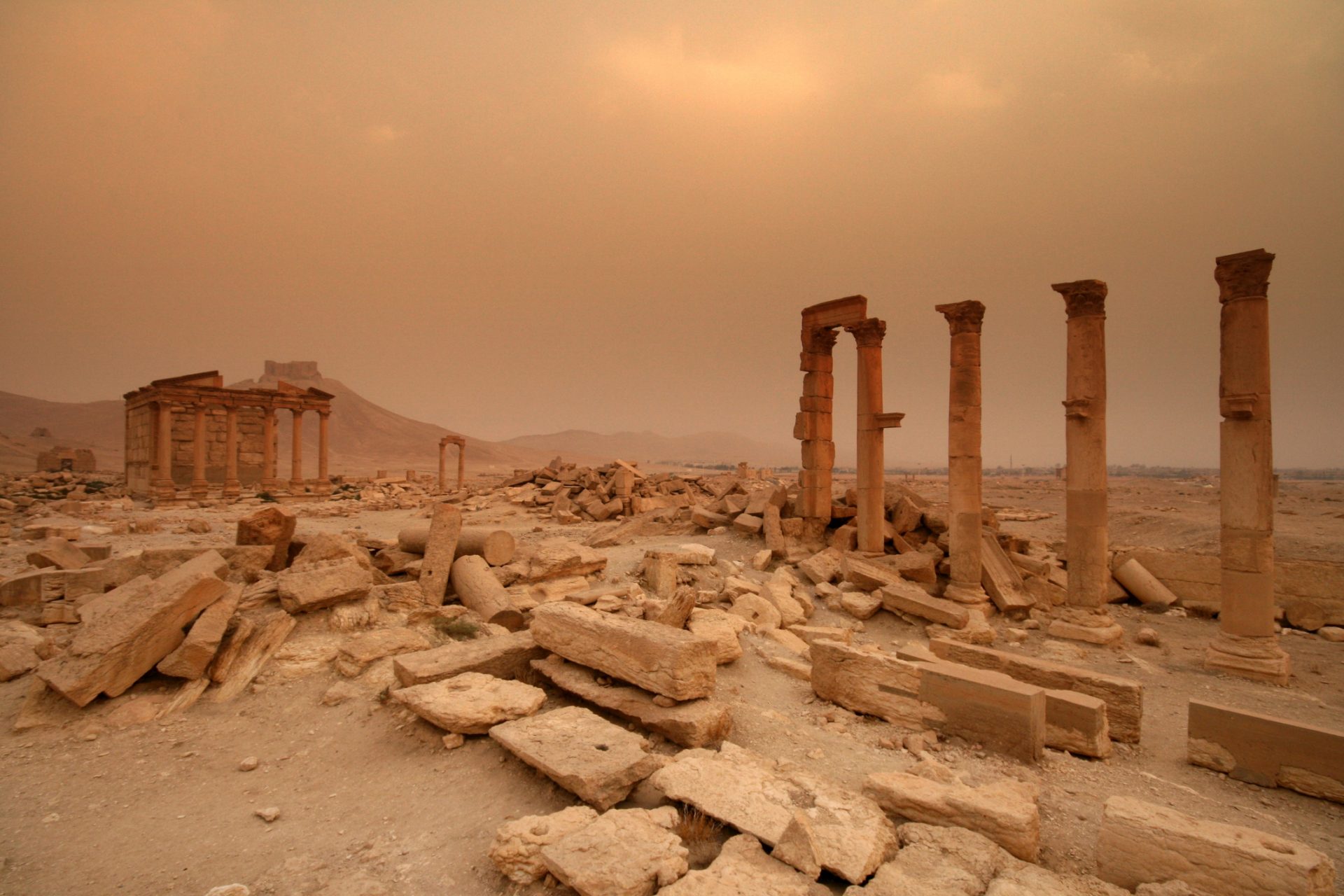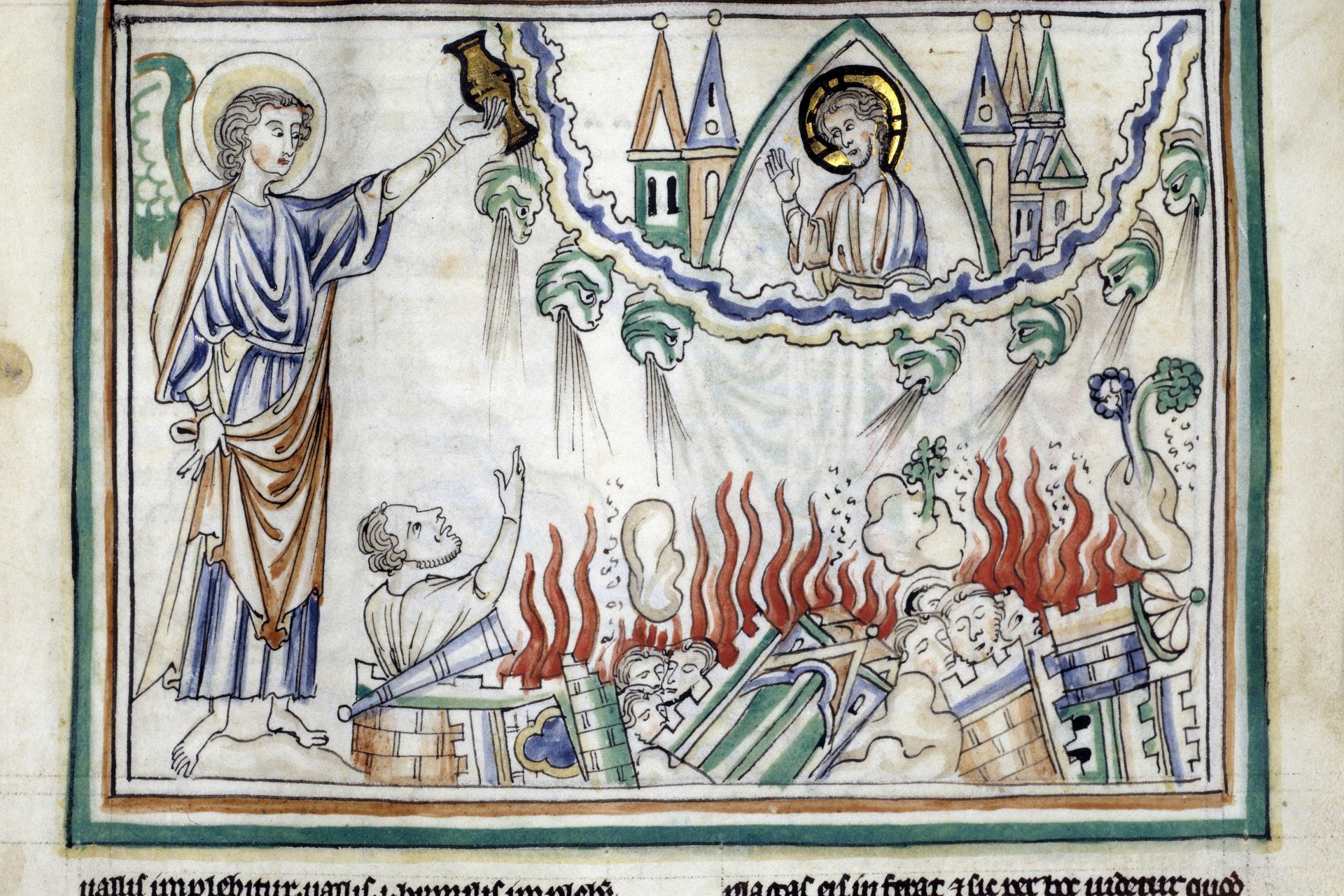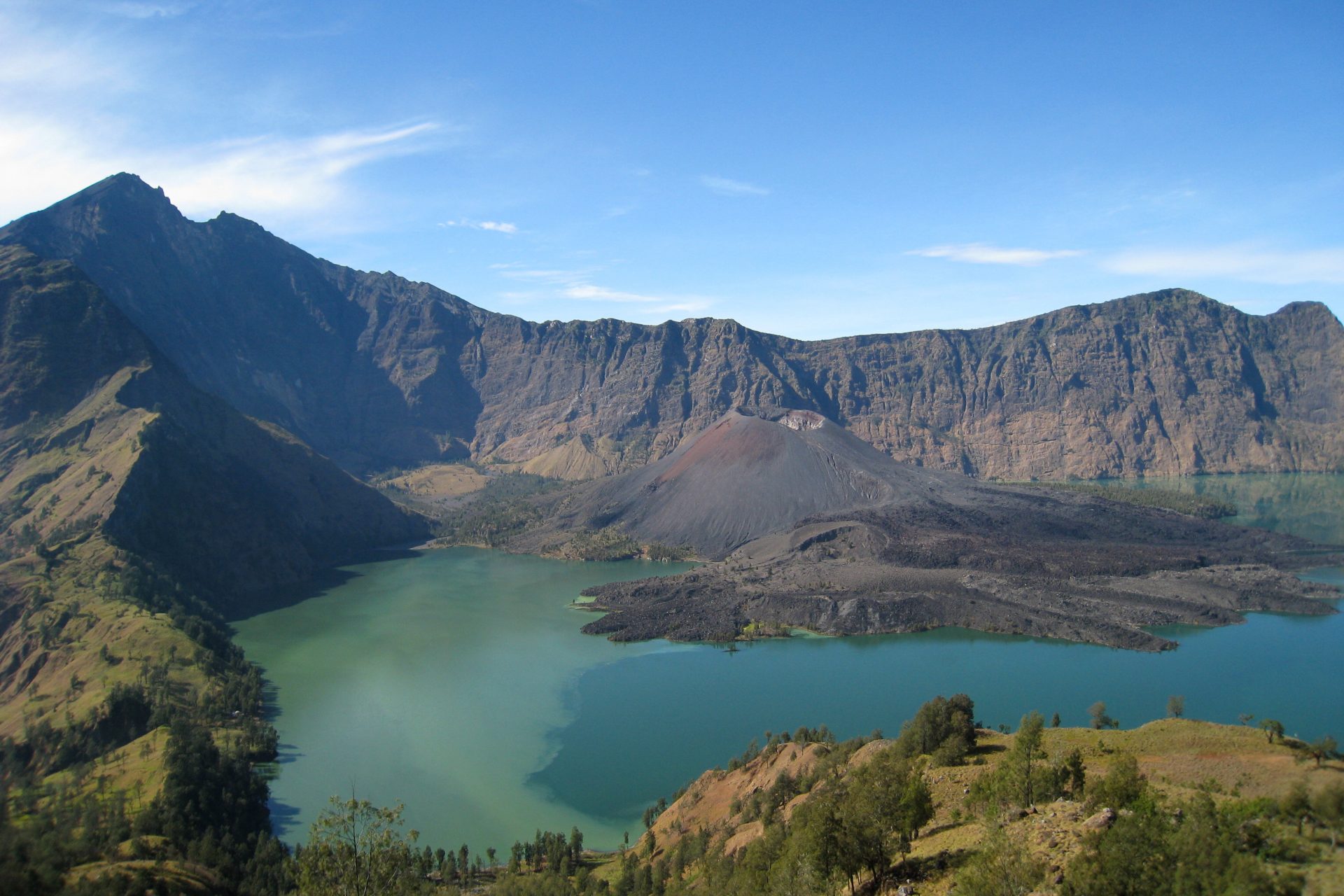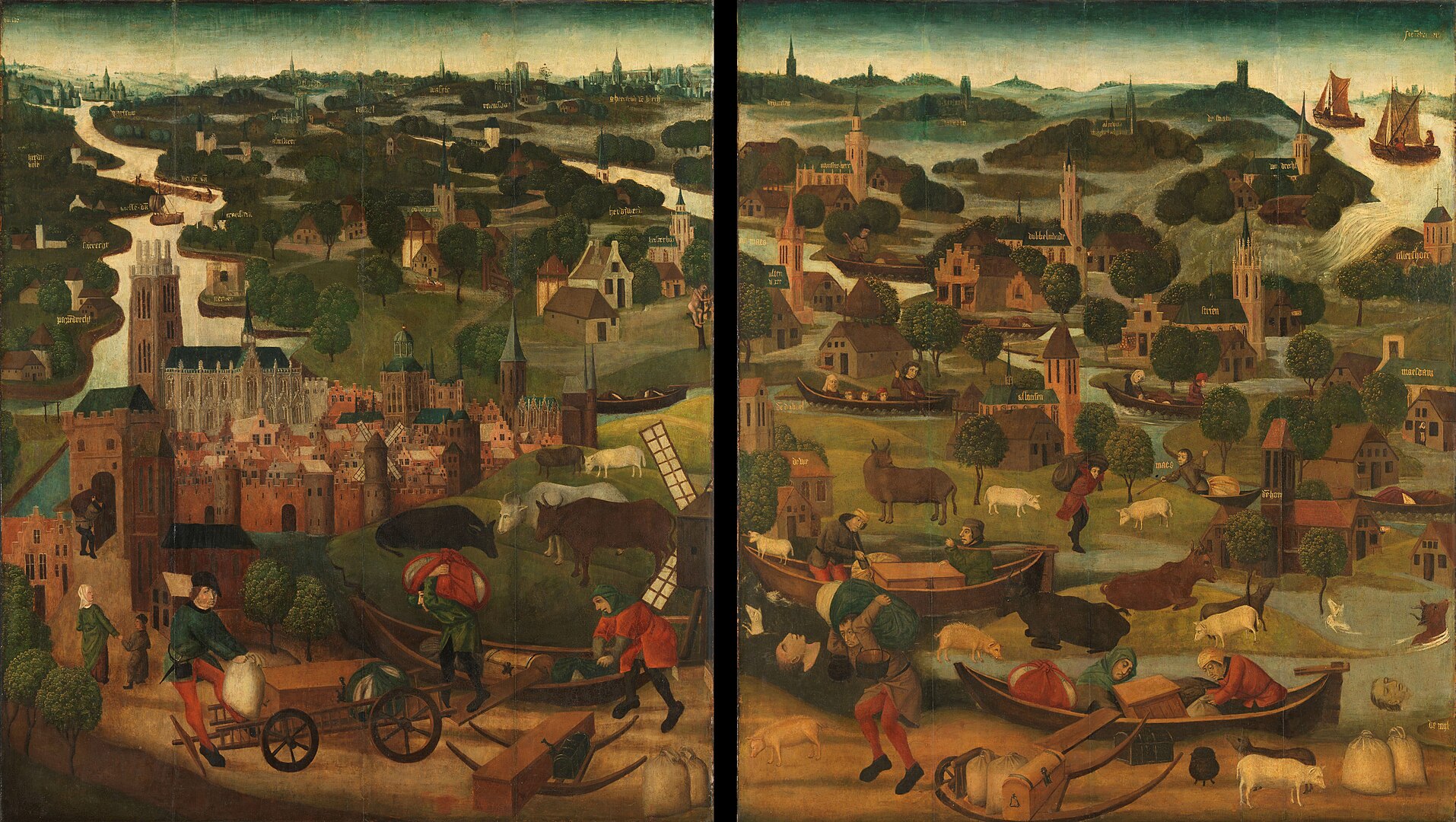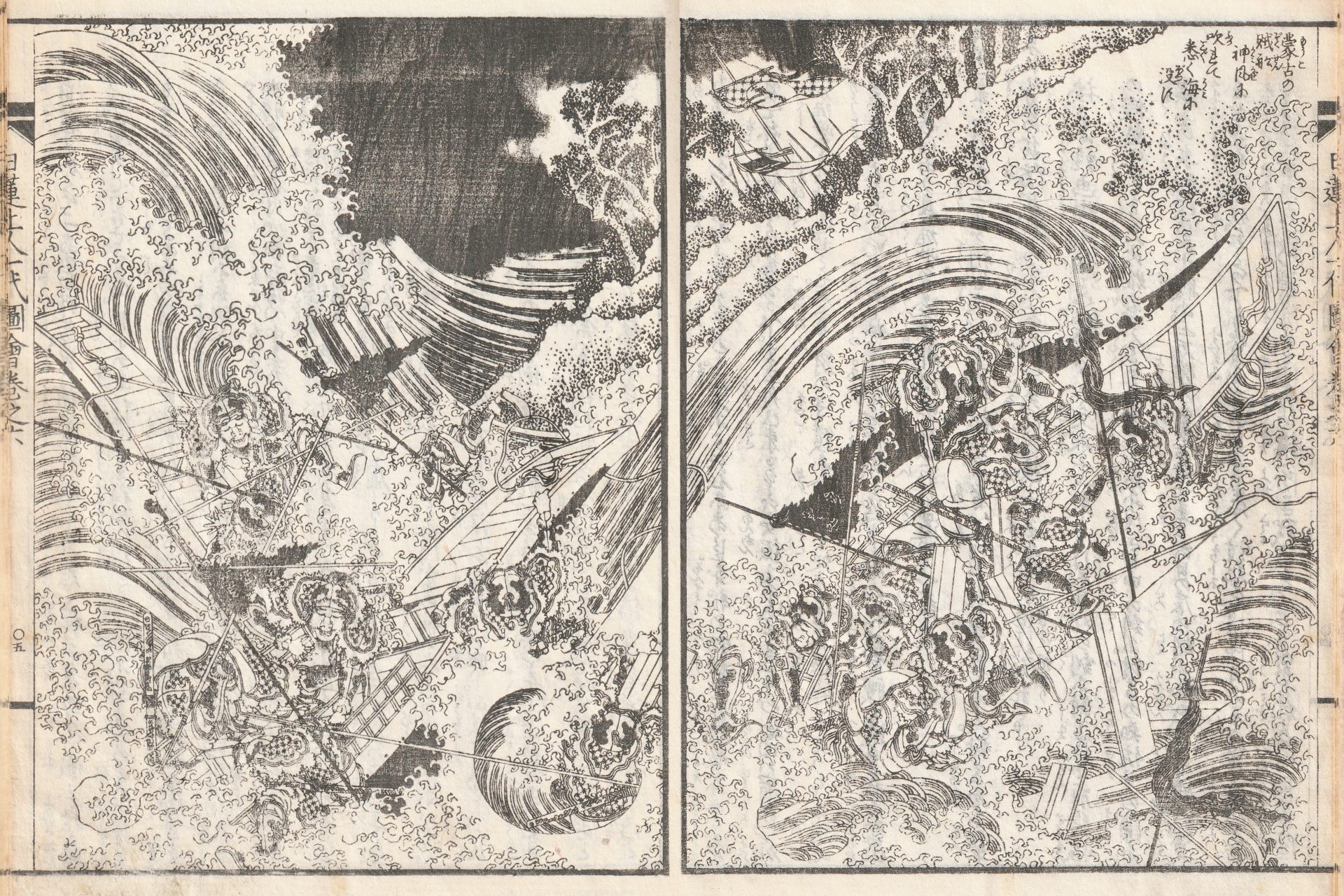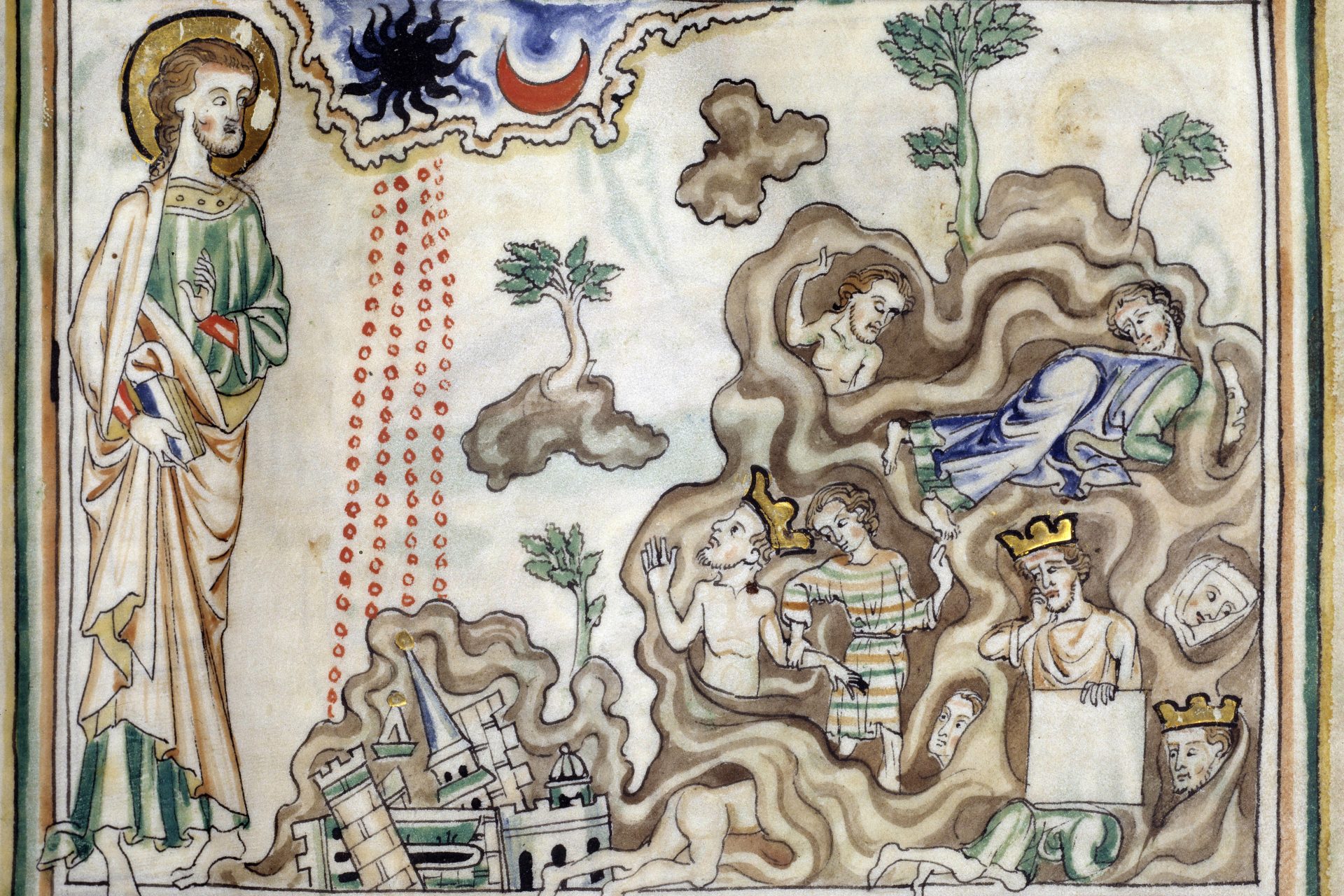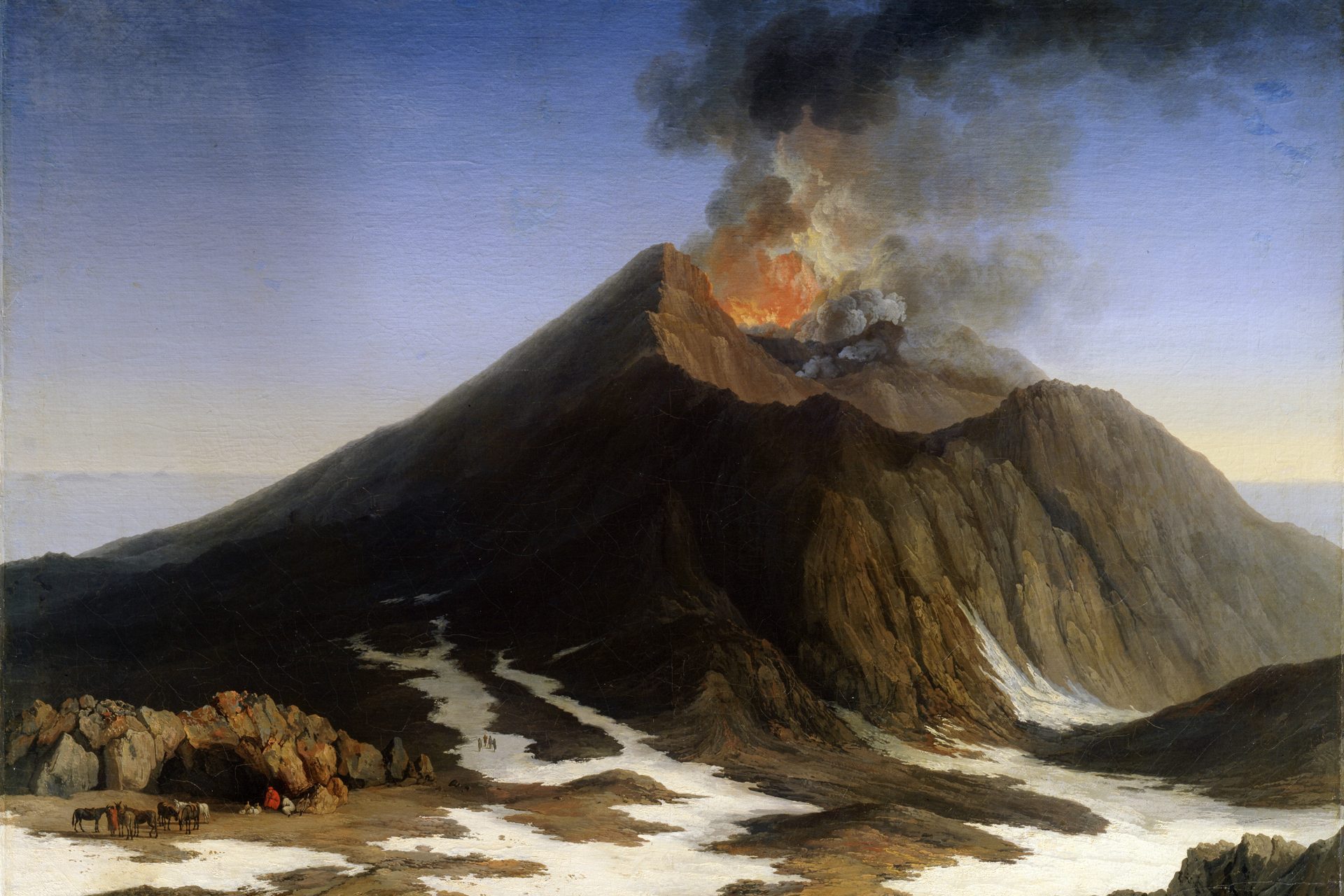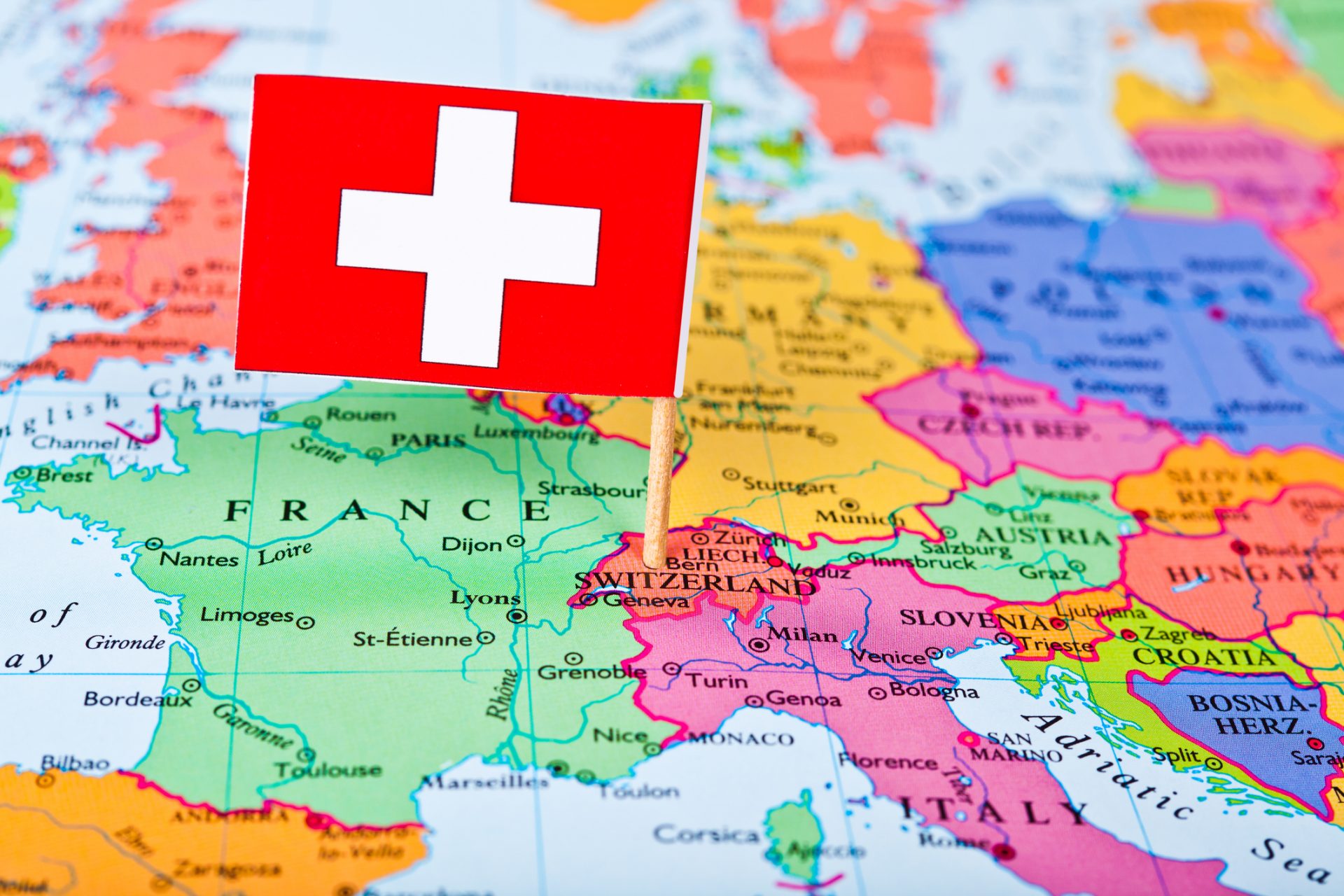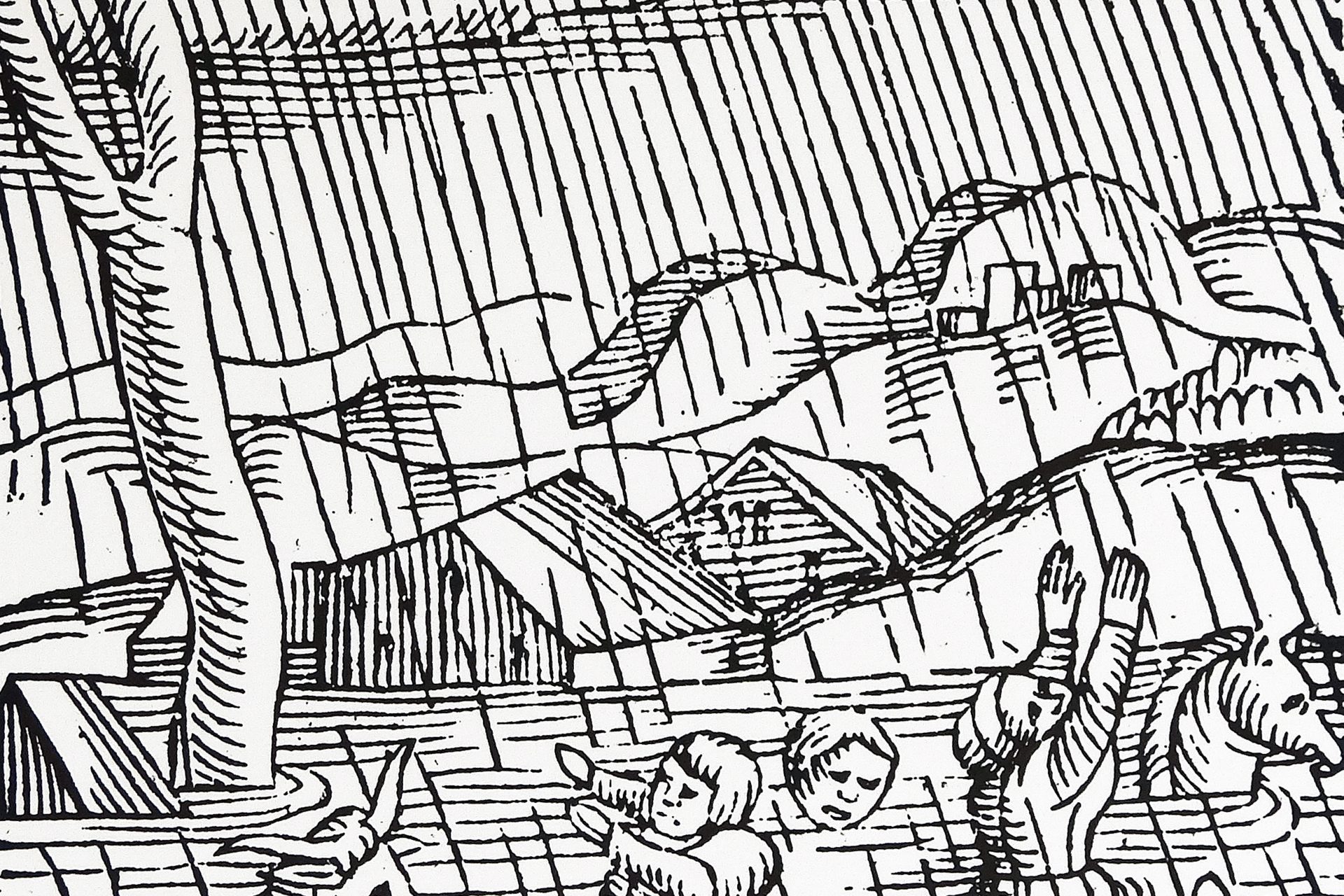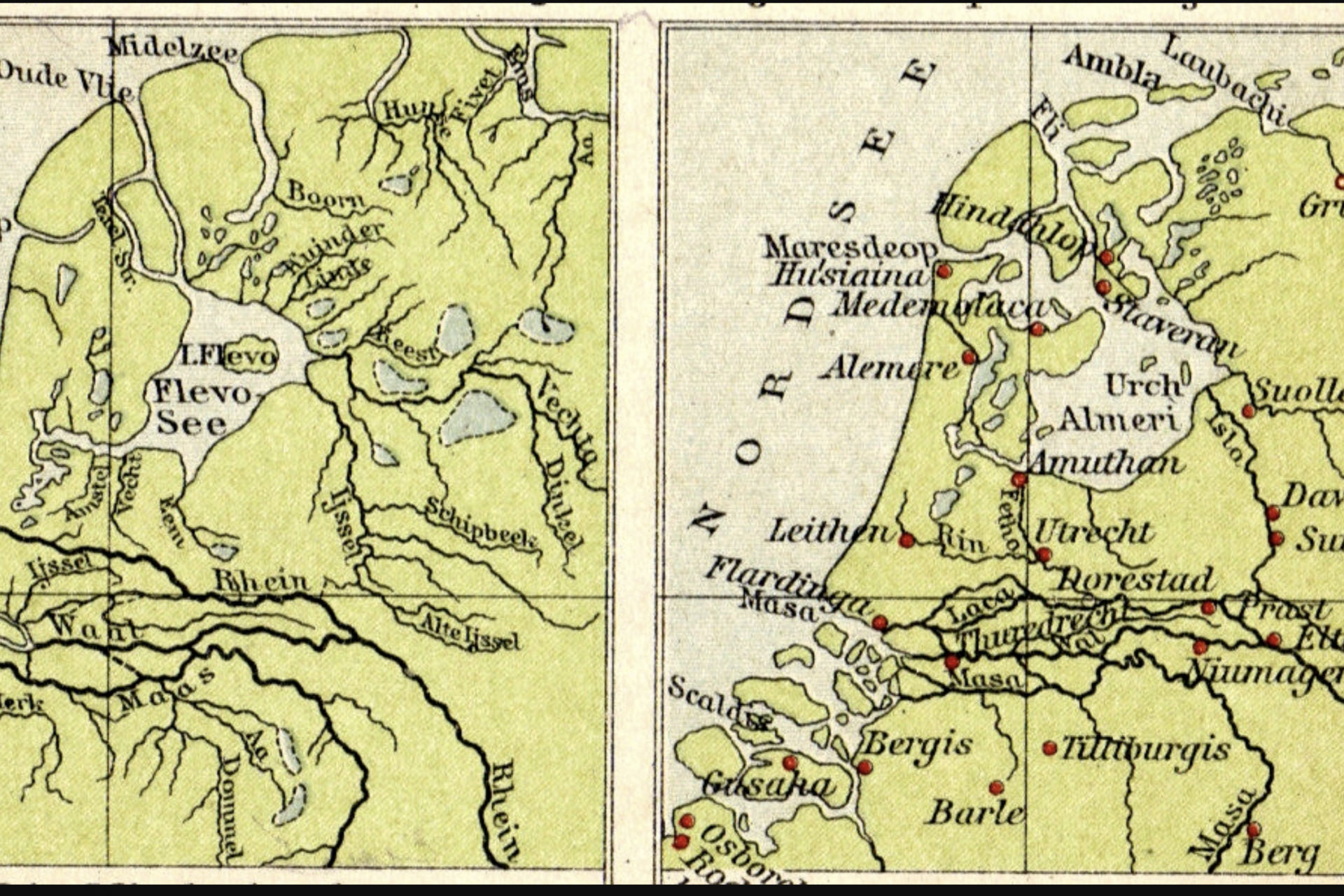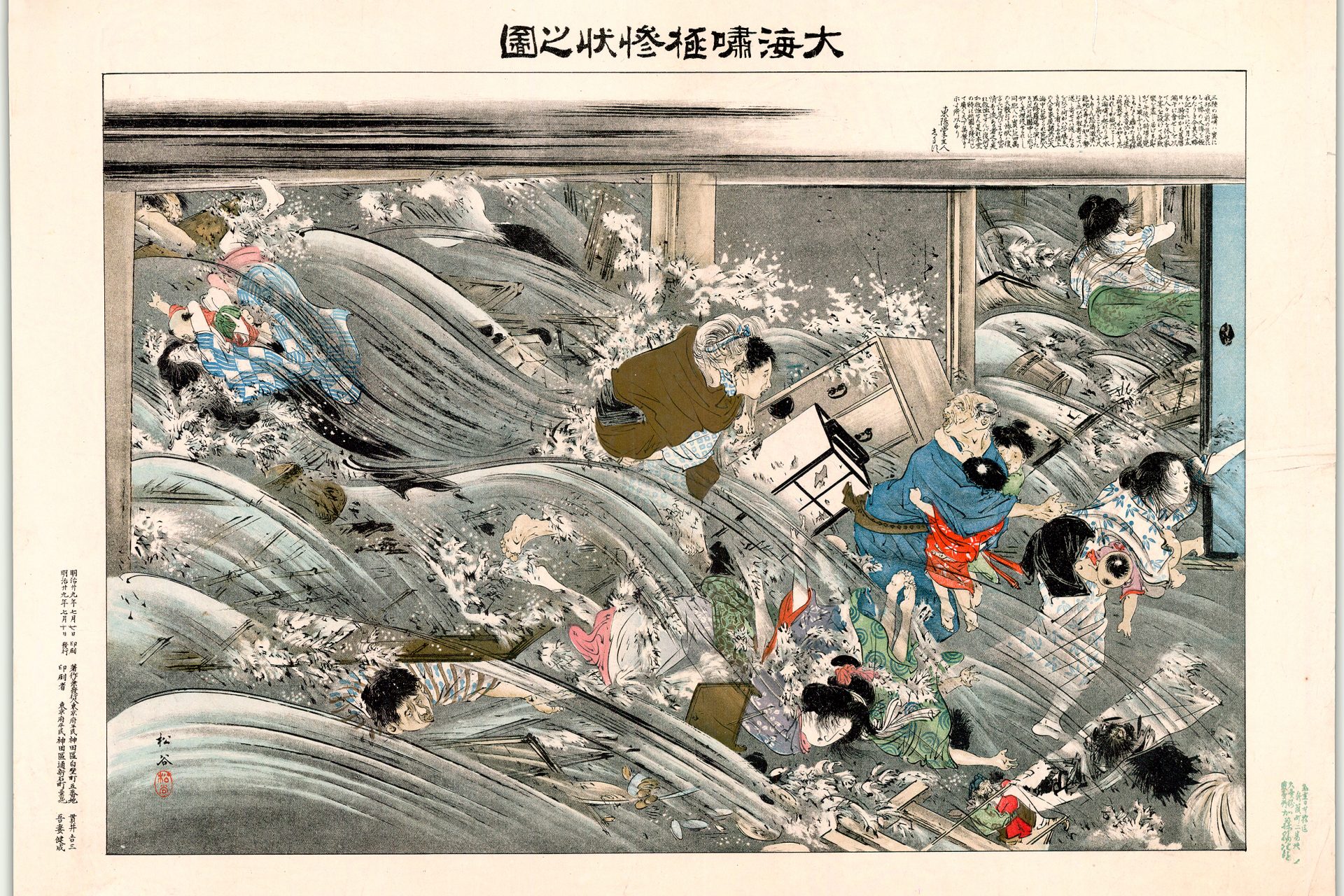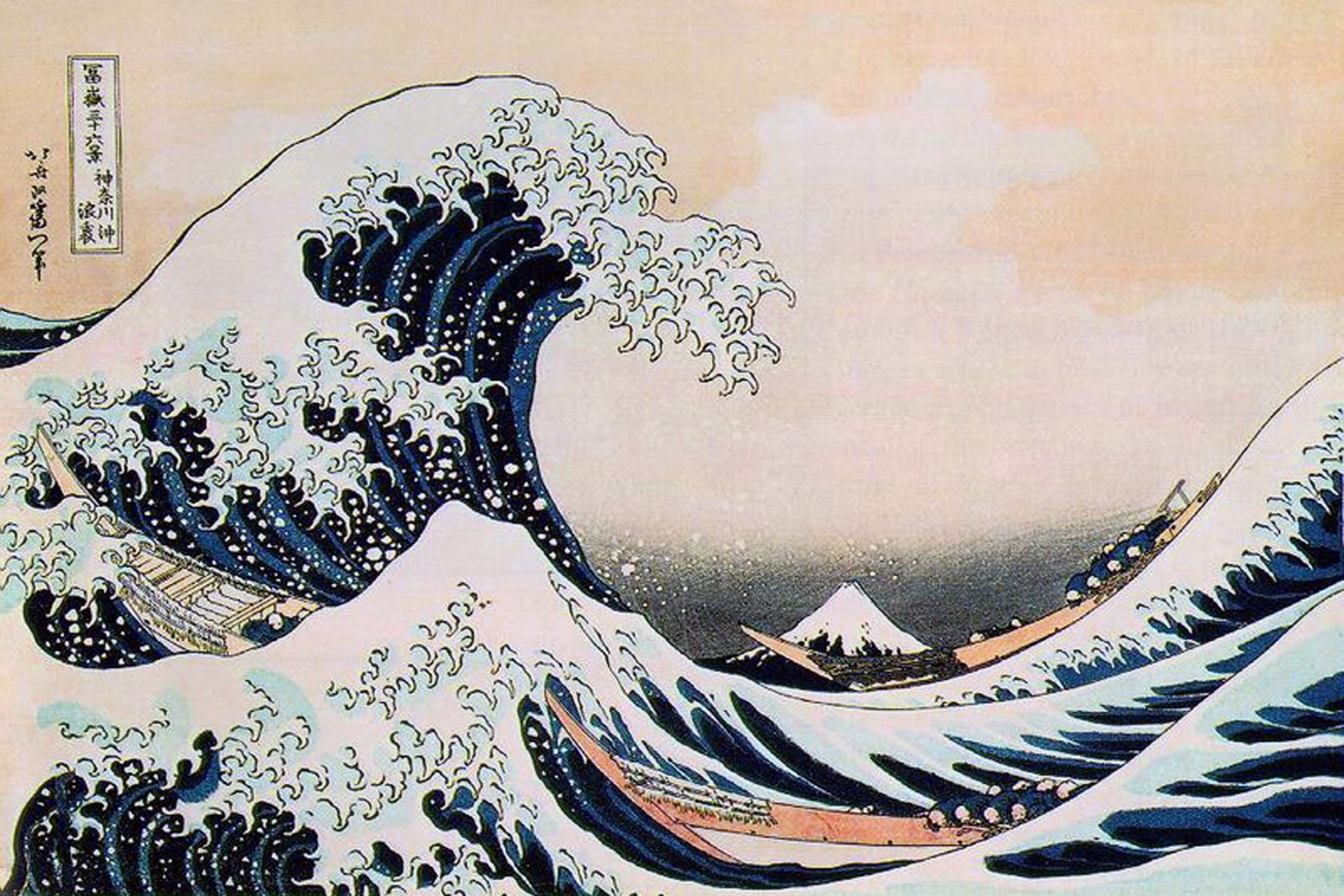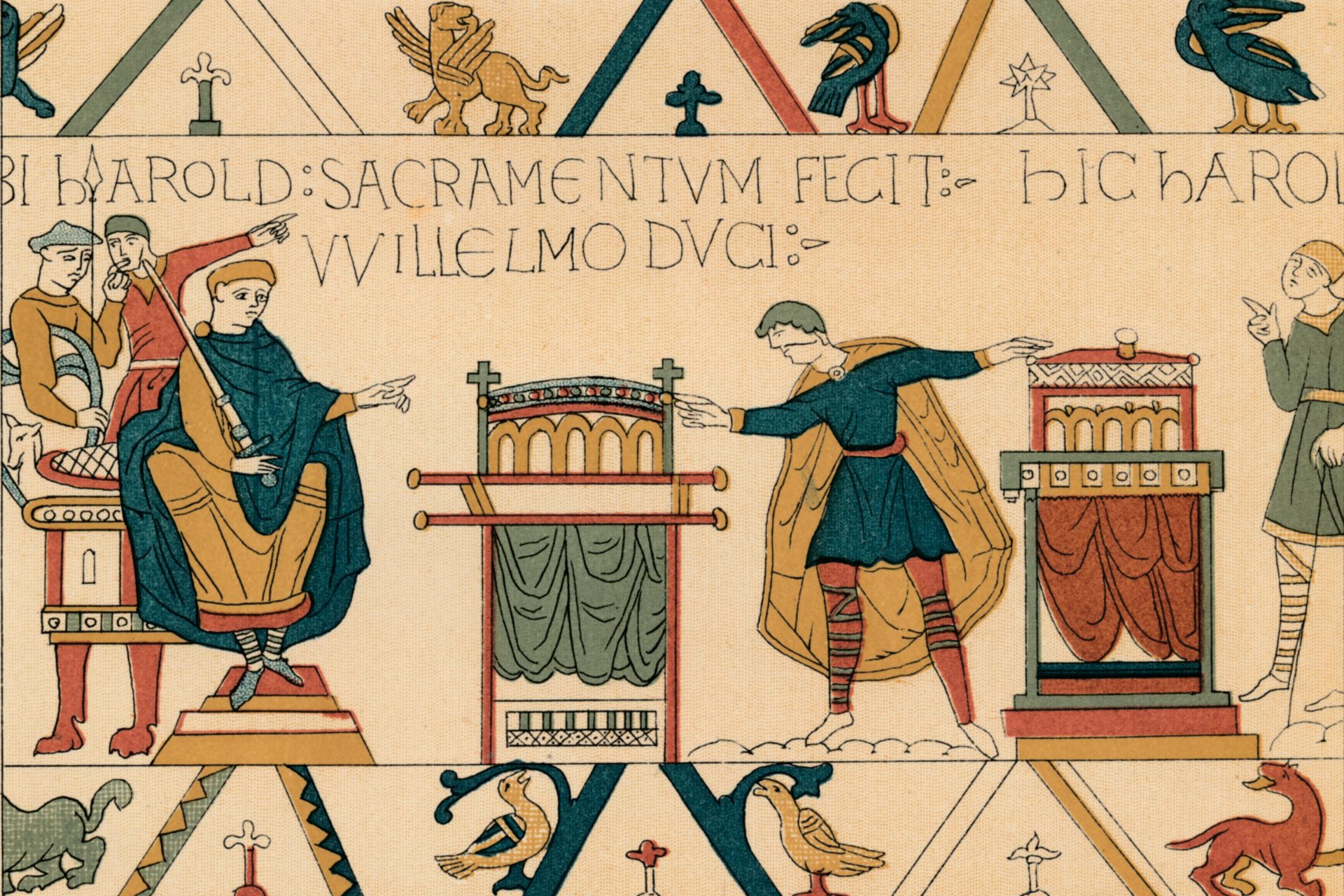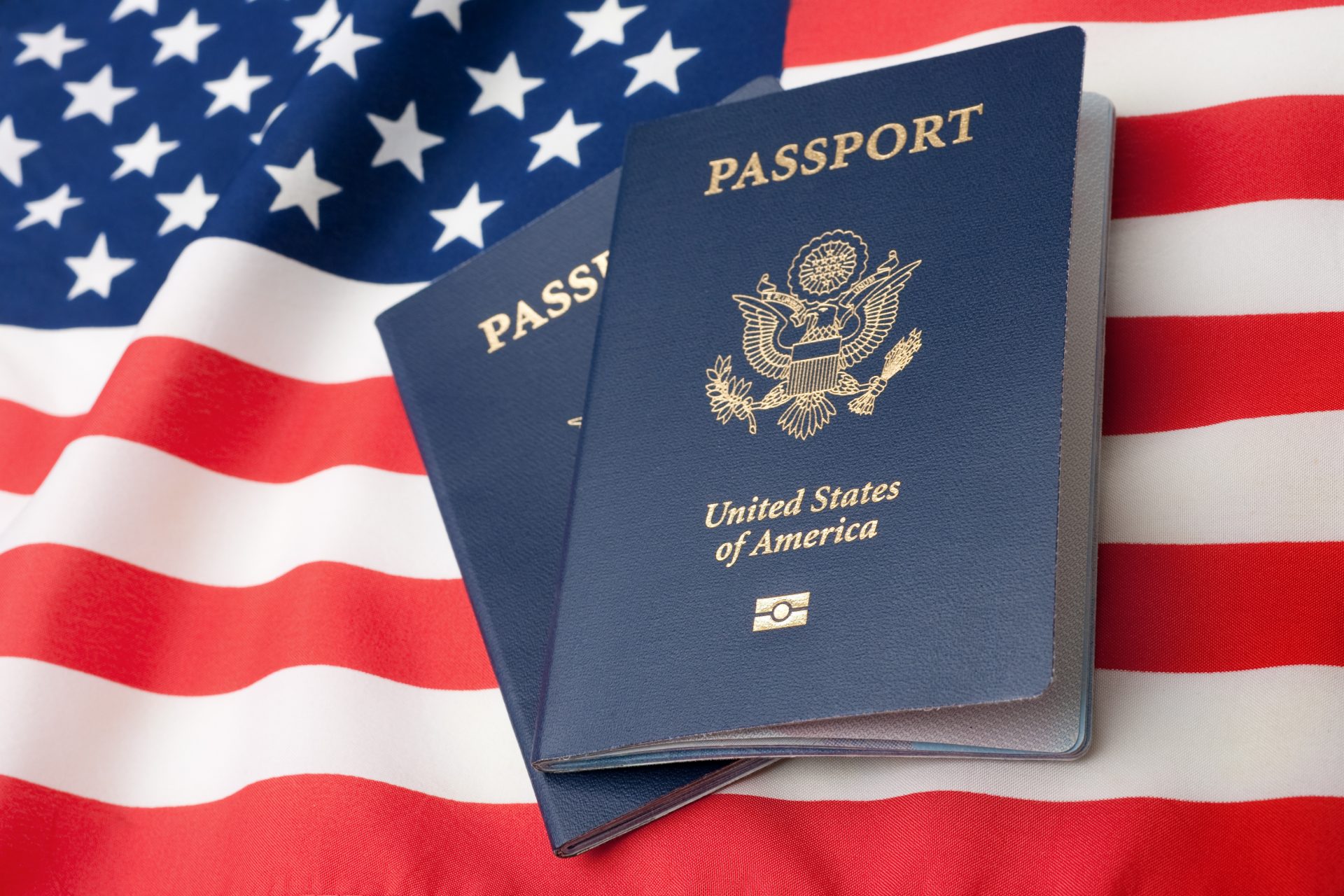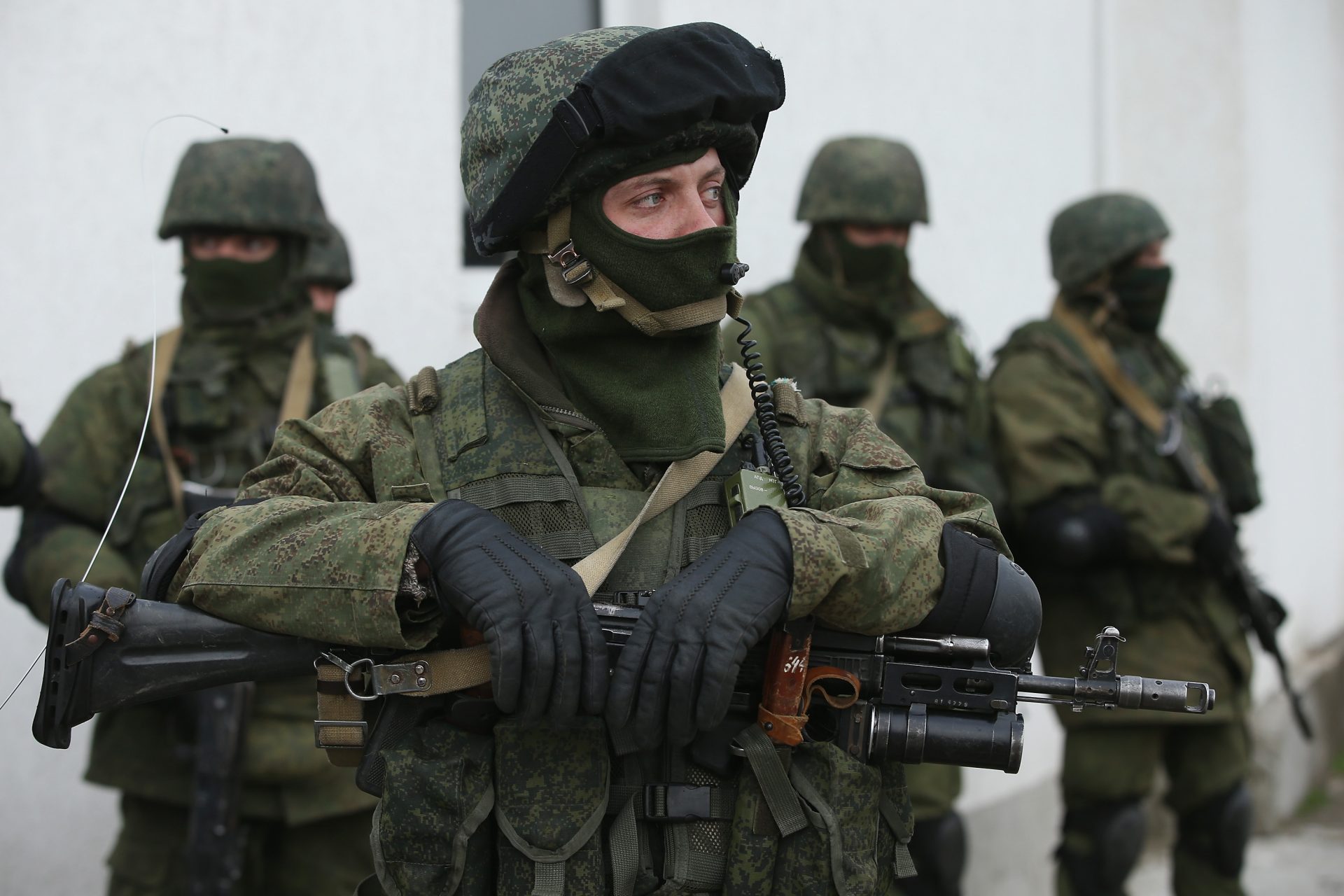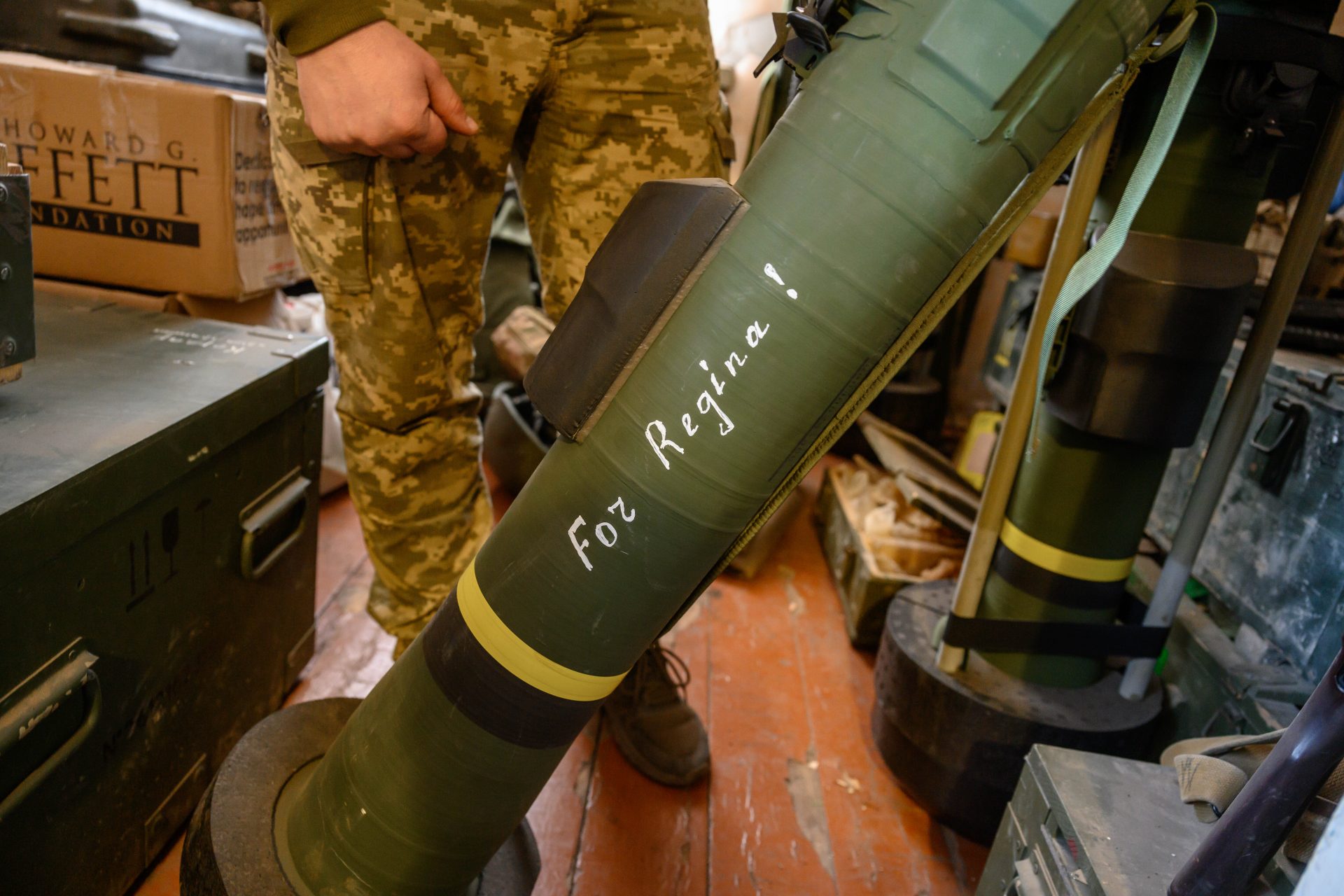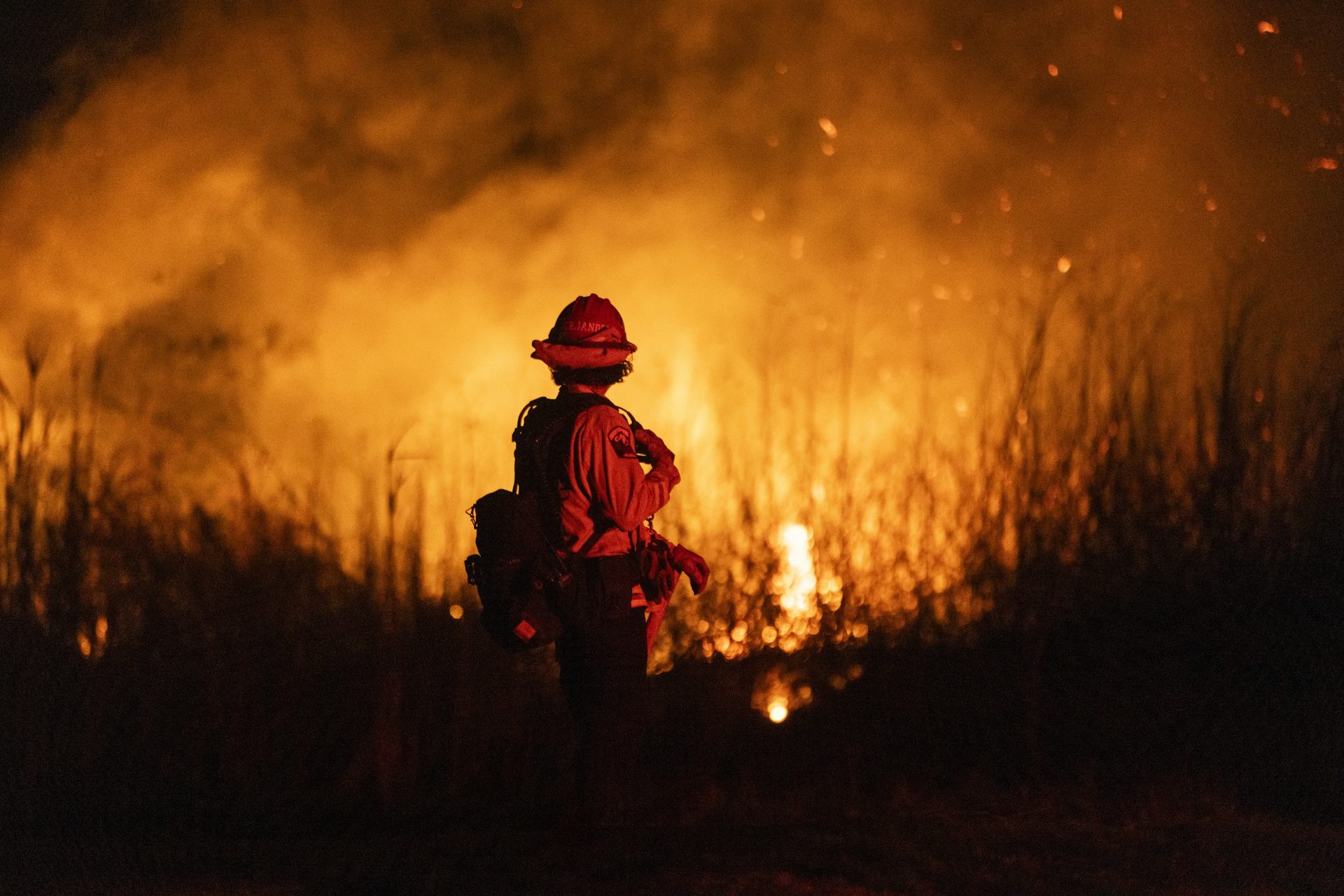The Middle Ages were rocked by ten deadly natural disasters
The modern world has been hit by a number of major natural disasters in the previous few decades. From floods and tornados to earthquakes and tsunamis, things have gotten bad but it's nothing compared to what history has seen.
Dealing with a monumental earthquake in Japan or the flooding that follows a hurricane in the United States has transformed into a global effort. However, that kind of help was not available to those alive during the Middle Ages.
Natural disasters were a common occurrence in the past just as much as they are today and there were 10 major events in the Middle Ages worth our attention according to The Medievalist, which put together a top worst list.
Antioch was one of the major cities of the Byzantine Empire and in 526 it suffered from a major earthquake that destroyed the city and led to the death of 250,000 according to an estimate from a 2005 study on historical earthquakes in Syria.
"It was a terrible and distressing collapse, impossible for anyone to recount. Such was the violent and harsh disaster…fire alight and consumed those who had escaped from the terrible vehemence of the cataclysm” a chronicler at the time wrote according to the Medievalist.
The Summer of 1258 was a particularly cold summer for the world due to the eruption of a volcano in Indonesia that Time Magazine reported tossed up roughly 10 cubic miles of dust and rock into the air, blocked out the sun, and affected the entire world.
Photo Credit: Wiki Commons By Petter Lindgren, CC BY-SA 3.0
The Great Drowning of Men (1362), also known as Saint Marcellus's flood, was a major flood resulting from a weather event that affected Ireland, Britain, Northern Germany, and the Low Countries—causing 25,000 deaths according to The Guardian.
Photo Credit: Wiki Commons By Master of the St Elizabeth Panels, Rijksmuseum
Two legendary typhoons allegedly saved Japan from Mongol invasions twice, once back in 1274 and 1281. Encyclopedia Britannica noted that ships carrying upwards of 40,000 soldiers drowned during the first invasion and a further 13,000 during the second.
Photo Credit: Wiki Commons Wiki Taro, Own work
Much like the earthquake that rocked Antioch, the earthquake that struck Sicily in 1169 destroyed settlements across the island and killed 15,000. Unfortunately, it was only just a precursor to a volcanic eruption according to the History Channel.
“A terrible earthquake shook Sicily with such force that it was felt in Calabria, around Reggio and nearby cities,” Hugo Falcandus, a chronicler quoted by The Medievalist wrote. “In a number of places the Earth gaped open and produced new watercourses.”
Switzerland might seem like one of the most unlikely places in the world to be affected by a tsunami but the city of Geneva was the victim of one in 563. PsysOrg pointed out that it was triggered by a rock fall and created a water wall 13 meters or 42 feet tall.
Gregory of Tours’ History of the Franks documented the Tauredunum event and The Medievalist quoted the historian as saying that the water flooded the higher reaches of the city and swept everything on the lower banks away.
Syria was the epicenter of a major earthquake in 1202. We don’t know much about what happened, but The Medievalist noted experts think it reached a 7.6 on the Richter Scale and was felt as far wavy as Sicily.
Flooding in the Medieval Low Countries was a fairly common occurrence but the flood that hit what is today The Netherlands on St. Lucia’s Day in 1287 killed 50,000 people in Holland and Germany, and it changed the face of Europe according to The Guardian.
Photo Credit: Wiki Commons By Tramplers Geographischer Mittelschulatlas, 8th Ed., Wien
Also known as the 869 Jōgan earthquake, this terrible quake that hit Medieval Japan was one of the earliest ever recorded according to The Medievalist. Researchers even think the earthquake was similar in size to the one that hit Japan in 2011.
“People shouted and cried, lay down, and could not stand up. Some were killed by the collapsed houses, others by the landslides. Horses and cattle got surprised, madly rushed around and injured the others,” one source wrote according to The Medievalist.
The Great London Tornado was a natural disaster, unlike anything the people of London had seen until that time. Historic UK said the tornado struck the heart of the city and uprooted 600 wooden houses and other important structures like London Bridge.
More for you
Top Stories



